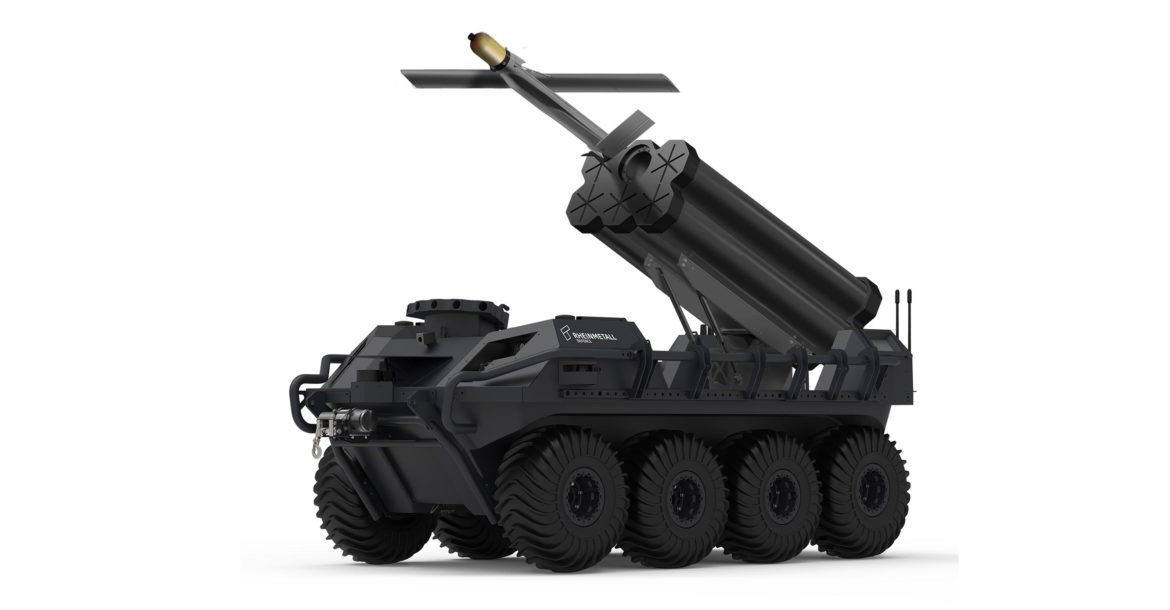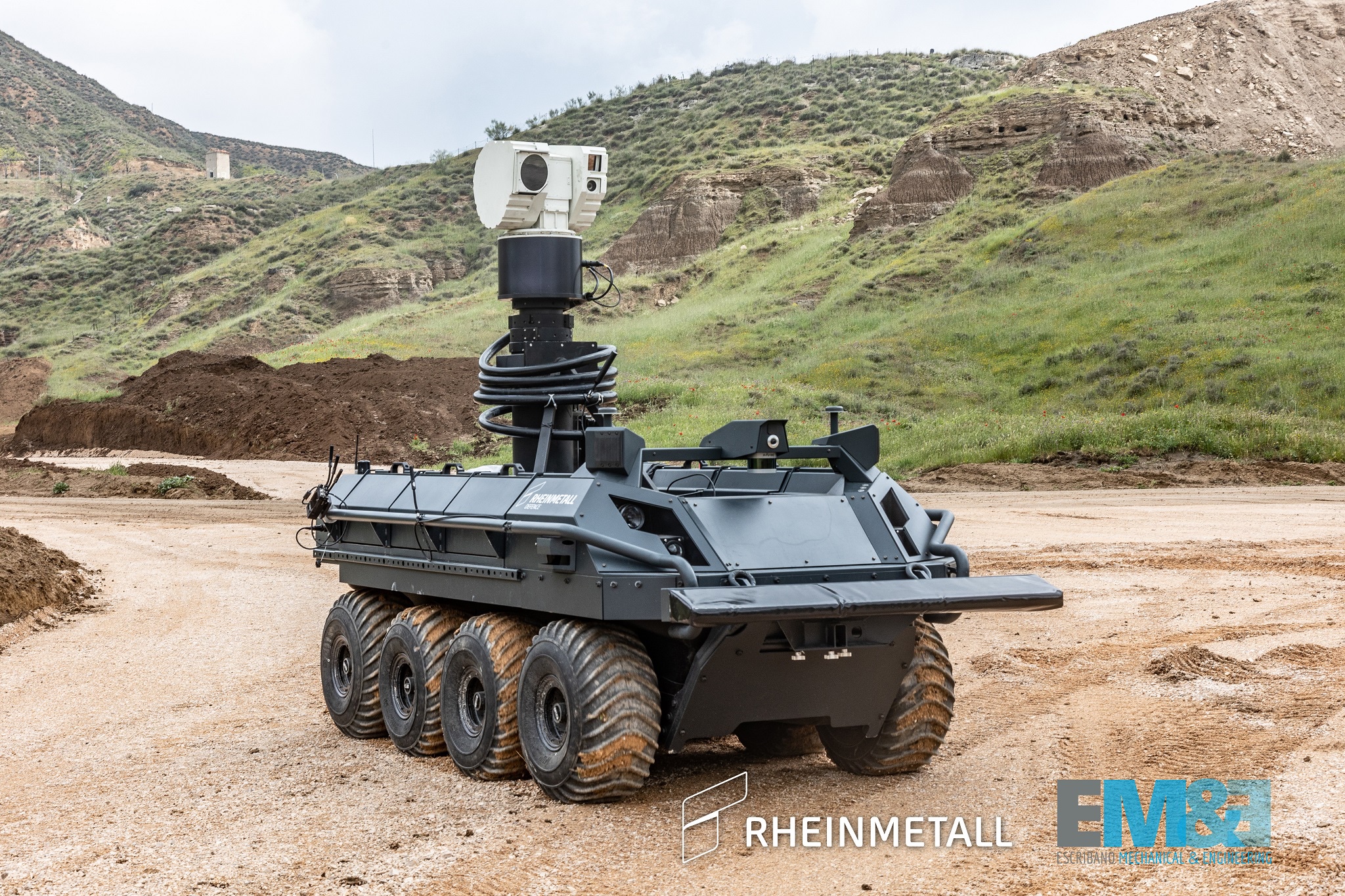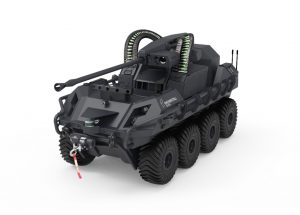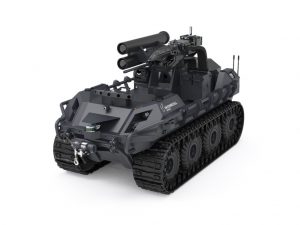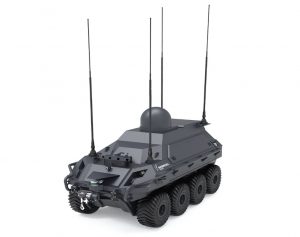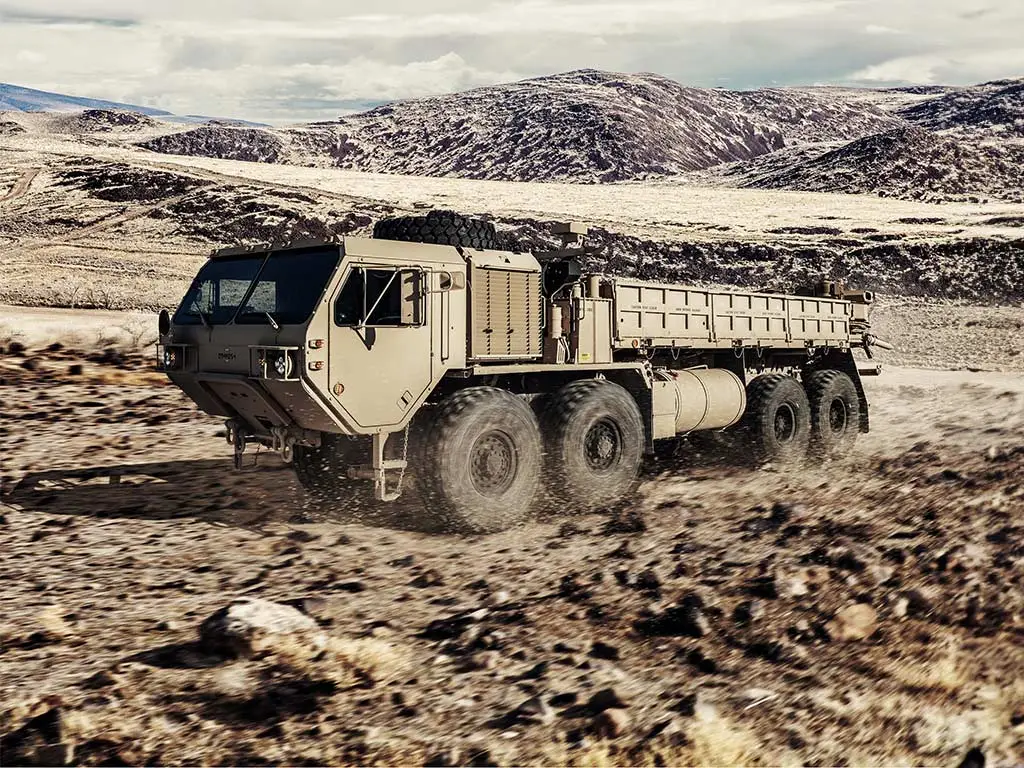Hello FJAG,
I think we're thinking the same general thoughts on vehicles although you have superior knowledge of the fleet and especially terminology currently used.
The one issue I have is one that we have faced often which is the degree of "addons" and associated cost. If we use the 4x4 light utility chassis (i.e. 1 ton gas or diesel truck) and add a mine resistant plate + specialized bodies there can be a very significant cost creep that is often ignored when counting units. If I use an $80,000 baseline cost for a 1 ton diesel truck but have to add a custom topper to every unit and bumper/light package/tow winch/blast shield to each I'm guessing that truck has jumped closer to the $120,000 range...a 50% increase in costs without a corresponding increase in mission capacity. I think of my issued work truck...fancy light bar and bumper package someone figured was "needed" and was over $26,000 for add-ons...with no change in how I do my work and only limited assistance with the light bar. Multiply that level of "mission creep" and the local fleet now has to be either worked longer to pay off in both miles and years or you move to a similar unit that is modern and mechanically reliable. Do I need a $25,000 custom gear topper for carrying equipment and webbing or would a $4,000 standard canopy cover meet 99% of needs? Yes...some functions are needed....a flat deck instead of box can be invaluable at times. A modular medical unit that be slid into a box is priceless...but these should be exception and not the norm.
Common trucks for use on both Reserve and Regular force operations is nice but I think is overly simplistic. Even if a single supplier, e.g. Ford, was chosen there will be a difference between model years of trucks that will result in them driving slightly different. So differences in modifications are fine as long as we also acknowledge that the driver will have to learn the following on any vehicle - model size, year, tire conditions, ground conditions, fueling, and mission load. I can take an experienced truck driver and flip them to a different but somewhat similar vehicle easy allowing for some local familiarity training but I cannot assume any driver will be able to operate anywhere perfectly because that's the unit in the local armory in downtown city X uses under perfect conditions. Hence I'm less concerned if Reserve units run purely civilian models 90% of the time and then shift to the modified fleet at a central base on annual exercise because if nothing else they need to adjust to the different road/ground conditions.
In regards to the basic simple people mover...yes 4-5,000 trucks is a good estimate. I would however completely eliminate service work beyond very limited functions and instead use the civilian market place for this part/service work as I would hope the Armed Forces are not deploying to active danger zones in pickups again (shades of the Iltus)
As a person moves to tactical logistics and heavy logistics unfortunately the options become much more limited and for these I would put much greater emphasis on moving towards a common fleet that would be the model expected to be deployed on missions. I think of the US 6x6 truck as a good example of medium level logistics and would agree a significant number are needed but would guess more in the 2,500 range as opposed to your estimate of 4,000.
Heavy logistics...the anomaly and big stuff. 15 ton is still a medium truck (Class 3 license) and I think we're into more of a civilian equivalent class 1 fleet. Think 65 ton bed trucks with cranes, tractor trailer with scissor lift flatbed for hauling D8 bulldozers around, and even worse when you get to tank recovery vehicles and transporters. I personally think more tractor trailer logistics because of the more versatile set up...same tractor can haul a fuel trailer or flat deck or low boy trailer...but it also speaks to a higher level discussion needed on how this would align with rail transport, cargo transport aircraft, maritime support, and civilian contractor support. I don't have experience in those fields and while it'd be a great topic to talk over a beer it needs to be reviewed by experts. What is the logistical needs of a deployed battalion? armored brigade? in terms of tons/day...how many trucks is that...of what configuration...and supply, and support, and surplus needed to account for wastage? One advantage of heavy logistics being tractor trailer based however is that civilian contractors may be able to surge if needed to move a brigade across the nation or establish a major supply dump mid point to front lines from a port. Still in the 2500 units needed especially if trailers are counted separate from tractors (which they should)
Thinking this over coffee however is only part of the issue as there are some key mission definitions needed, especially for the Reg. Force, that are currently absent. If the main mission is Canada then NATO then X....then that greatly changes what units are to be considered for use in Canada and we should be looking at buying NATO compatible units only (i.e. More LAV's) and focusing on the first mission, then either ready brigade being specifically trained on mission #2, and rest monitored by options by rotation (artic training? US integration? Counter Terrorism?) while rotating roles within unit designation to ensure the knowledge spreads out over time (i.e. 3x light battalions with 1 Canada focus, 1 transition to specialty mission, and last on NATO duty). If FORCE 2025 does not clearly define the mission priorities we can talk logistics all day long and still not be effective as political decisions get made.
The vehicle has to work. (Tires inflated, engine cranks, heater works, brakes work, comfortable seats).
The vehicle has to suit the task and the environment. And the environmental protection increases from keeping out the sun, the heat, the cold, the wind, the dust, the rain, the snow, the hail, the rocks, the blast, the shrapnel, the bullets, the HEAT rounds, the APFSDS rounds.
The vehicle, like every other tool required, has to be able to get to the job site. And it can't be assumed that it will be able to self-deploy because most of Canada, and most of the World, does not have roads. Even in the US. And Canada is on an island, with its own Archipelago. It is surrounded by, and separated from the rest of the world by, water. It is separated from much of itself by trees, rocks, ice, water and bogs.
We spend much of our time considering Europe and conflict there. But Europe is the anomaly. Especially the traditional "cockpits". They have been largely covered with asphalt since WW1. The spaces between roads are short. Well within the range of the available array of direct fired weapons and certainly within the range of all artillery - even when you define artillery as a 5 km effector like the 81mm mortar or the MANPADs Stinger or the Spikes, TOWs and Javelins of the world. It seems quite likely that we will be approaching a field from one road while the opposition will be approaching the same field on another road and that we will engage each other across the field with direct fire weapons and never actually enter the field. Europe has about 6,000,000 km of road and some 50-100,000 km of Highways. That ground is regularly covered by civilian wheeled vehicles. In my opinion it is very unlikely that even in a protracted war that that entire network will be destroyed, or even badly damaged. And the damaged areas are more likely to resemble construction sites regularly traveled by dump-trucks and cement mixers.
Dump-trucks seem to me to be a good starting point for the "middle of the road" (yes) vehicle.
The next point is Seacans, Containers, TEUs, ISOs. Small stuff should fit inside them. Big stuff should carry them. Shelters should be them.
Now, can you put an armoured SeaCan on the back of a Dump-Truck with an armoured crew cab and mount an RWS. If you can then you have created a LAV. Or a Boxer. Or a LAV 700.
You now have something that can support the fight in any region that has a well developed road network. Like Europe. The US. The St Lawrence. The Lower Mainland. The Prairies. That force could also operate anywhere there is a hard dry surface - like Afghanistan, or Mali, or Somalia, or Australia. But it has to get there and it has to get there in a timely fashion in large numbers. (Lots of ships and large planes). Or it has to be prepositioned in the areas (Lots of warehouses, spare kit, security guards and maintainers).
For the rest of the world, for the rest of Canada surface transport is entirely a local affair. Roads are likely to be short, rough, rutted tracks. With gravel if you are lucky. Surface water is unreliable, assuming that it is not ice and mushy and covered in snow and at risk of break up. Or the sand bars and rocks, even the course, have shifted - or that there is enough water in it to float your boat at all. Those rivers worked well for small, shallow draft boats, like canoes and York boats, but couldn't be made useful for paddle steamers. Those plans always ran aground.
The railways did the job that canals were able to do in Europe. As long as there was enough trade, enough people to pay for them. The same goes for highways.
But with a couple of hundred thousand people spread over 8 to 10,000,000 km2 of broken and interrupted rocks, ice, trees, bogs, lakes and rivers air transport is the only real, in my opinion, practicable solution. And that means a heliborne force strongly supported by a fleet of tactical airlifters that can operate from short, rough air strips.
It also means that the surface vehicles, (boats, wheels or tracks) need to be air transportable, geared towards short range travel over rough terrain and narrow tracks. And they need to be sturdy enough that they won't break easily but cheap enough so that they can be replaced on a regular schedule or when they do break. Weaponry has to be acquired with the available vehicles in mind. Tactics adjusted to suit. Organizations and training will the follow.
Once such an air transportable capability is established then it can be deployed anywhere on the globe.
I understand that a heliborne force is actually an expensive proposition. The helicopters themselves are hard to transport and their support system is very expensive. But they have they advantage that they can be based on any flat surface, ashore or afloat to which they can fly.
Just like big ships carry little skiffs so big aircraft can carry little helicopters. It is one, very expensive, method of transporting some helicopters. But most helicopters will have to go by sea. But maybe not all the way on one ship. Leapfrogging hundreds of kilometers at a time from shore to ship,, ship to shore, shore to shore, ship to ship, and ultimately ship to shore is at least as practicable as disassembling helicopters, freighting them and then reassembling them. And the ships supporting them as Forward Refuelling Points, floating gas stations, could be military ships but could also be civilian ships as they don't have to approach hostile shores. The helicopters can launch at long range. Or they can leapfrog to the shore via any military vessel with a flight deck.
Once the helicopter is ashore in its new theater then it forms the base of a very flexible force. And its bases, if properly protected by GBAD form hard firing points for Long Range Precision Fires -preferably in heli-portable modules that can be carried by truck when circumstances permit or require.
A model force structure for Canada is not the US Stryker Brigades, and certainly not their Armored Brigades, not even the 82nd Airborne. Not even the USMC. The better models are the 10th Mountain and the 101st Airborne. Stiffened with a LAV/Leo capability perhaps. But designed to operate with helicopters, small craft and vehicles, protected by a deployable, layered GBAD and LRPF system and with air support from overwatching F-35s, MMAs, RPASs and Satellites.
Two well supported heliborne light infantry brigades and a LAV/Leo brigade with a pair of battle group sized spare kit sets, one pre-positioned in Europe and another in a warehouse in a railhead in Canada connected to a floating warehouse on each coast would be a useful structure. With a 2025-2030 planning horizon.
I think a lot of good work could be completed by 2025. Up to and including the supply of the floating warehouses and the prepositioning in Europe and the Canadian Depot.
And the militia, trains for the light battle. The one they are most likely to fight at home. And one that will be useful in many scenarios overseas. And one that would form the basis for heavying up if the fight requires more heavy forces, or just replacements to man the heavier forces.



